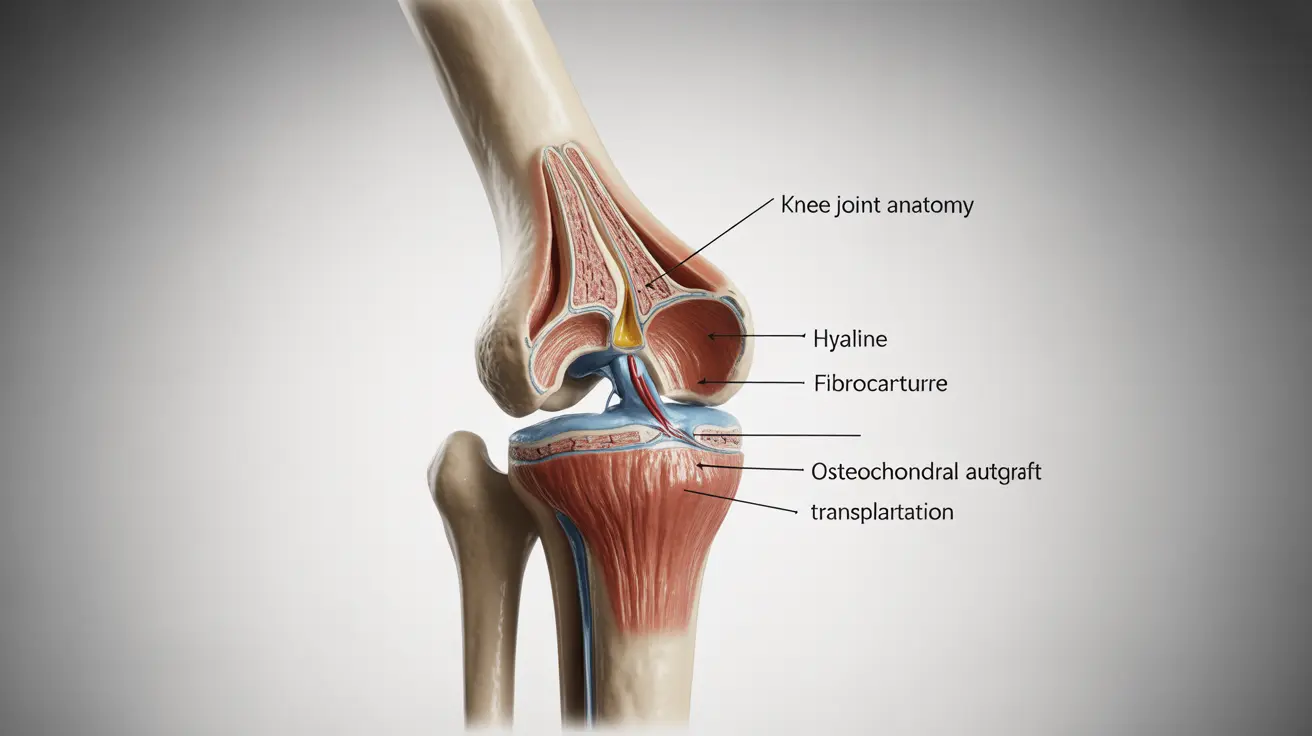Blood tests are essential tools in predicting and preventing heart attacks. They identify various risk factors that contribute to cardiovascular disease, enabling early intervention and management. Here’s how blood tests contribute to heart attack prevention:
- Key Blood Tests for Heart Health:
- Lipid Profile:
- Components:
- Total Cholesterol
- Low-Density Lipoprotein (LDL) Cholesterol: Known as "bad" cholesterol; high levels can lead to plaque buildup in arteries.
- High-Density Lipoprotein (HDL) Cholesterol: Known as "good" cholesterol; helps remove LDL from the bloodstream.
- Triglycerides: High levels can increase the risk of coronary artery disease.
- Importance: Measures cholesterol and fat levels in the blood, significant risk factors for heart disease.
- Normal Ranges:
- Total Cholesterol: Less than 200 mg/dL.
- LDL Cholesterol: Less than 100 mg/dL.
- HDL Cholesterol: 40 mg/dL or higher.
- Triglycerides: Less than 150 mg/dL.
- Components:
- High-Sensitivity C-Reactive Protein (hs-CRP):
- Function: Measures low levels of CRP, an inflammation marker.
- Importance: Elevated hs-CRP suggests inflammation in the body, linked to a higher risk of heart attacks.
- Normal Range: Less than 1.0 mg/L (low risk for cardiovascular disease).
- Glucose and HbA1c:
- Tests: Fasting Blood Glucose, Hemoglobin A1c (HbA1c).
- Importance: High glucose levels and HbA1c indicate diabetes or prediabetes, major risk factors for heart disease.
- Normal Ranges:
- Fasting Blood Glucose: 70 to 99 mg/dL.
- HbA1c: Less than 5.7%.
- N-terminal Pro-B-type Natriuretic Peptide (NT-proBNP):
- Function: Measures levels of NT-proBNP, a protein released by the heart during heart failure.
- Importance: High levels indicate an increased risk of heart failure and cardiovascular events.
- Normal Range: Less than 125 pg/mL for individuals aged 75 and under, less than 450 pg/mL for those over 75.
- Troponin:
- Function: Proteins released when the heart muscle is damaged.
- Importance: High-sensitivity troponin tests detect minute levels of cardiac injury, predicting future heart attacks.
- Normal Range: Less than 0.04 ng/mL.
- Lipid Profile:
- Benefits of Early Detection:
- Preventive Measures:
- Lifestyle Changes: Based on blood test results, healthcare providers can recommend dietary adjustments, physical activity, smoking cessation, and stress management.
- Medications: Statins to lower cholesterol, antihypertensives to control blood pressure, and other medications can be prescribed to mitigate risk.
- Risk Stratification:
- Regular testing enables stratification of patients into high, moderate, or low-risk categories, allowing for tailored follow-up and treatment plans.
- Monitoring:
- Ongoing monitoring of key metrics like cholesterol and glucose levels helps in adjusting treatments and ensuring the maintenance of heart health.
- Preventive Measures:
Blood tests serve as a proactive approach to cardiovascular health, identifying those at increased risk for heart attacks and guiding interventions to prevent them. This approach not only improves patient outcomes but also enhances overall quality of life by mitigating the risk of severe cardiovascular events.
Recommended Tests:




